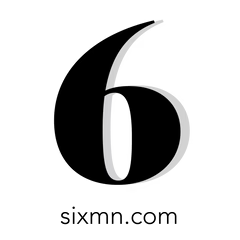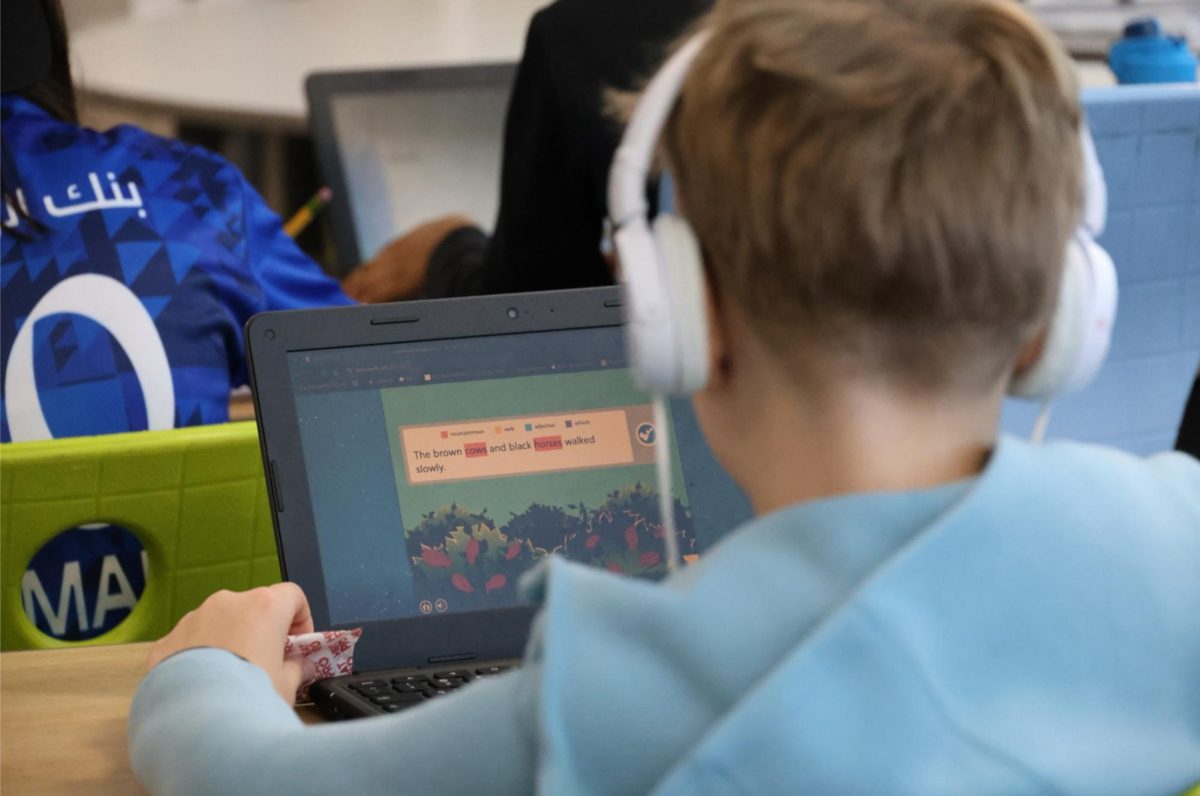The Forgotten Community
Towards the beginning of the 20th century, Jewish people began moving to the Twin Cities. Eventually, large numbers of them came, and many of those congregated in North Minneapolis. The population continually increased, and eventually, there was a whole neighborhood of Jews that lived on the North side. It grew to become a beautiful, large connected community. After World War Two, many Jewish people began to move to the suburbs. The population of Jews on the North Side started to dwindle, but many Jewish people remained. Finally, in 1967, according to mnopedia.org, there was a large African American protest and some protestors burned and ransacked many Jewish businesses. Unfortunately, this marked the beginning of the end of this lively community. Almost all of the Jews that were left in North Minneapolis moved out not long after. Little was left behind other than the synagogues that they built.
Now, this community is largely forgotten and left in the past. Recently, a group of people were surveyed and asked if they had heard of the community of Jewish people on the North Side that once was. Only one out of seventeen people said that they had heard of that community. This shows that the Jewish community on the North Side of Minneapolis is now a mostly forgotten community. This is interesting considering that this was such a prominent and well-known neighborhood known for its vibrant Jewish community and religious institutions.
The Disappearance of Jews on the North Side
As it is known by many, the North Side of Minneapolis hardly contains any Jewish people left. This was caused by a wide variety of factors. Today, we will be looking back and highlighting the top three reasons why Jewish people moved away from the North Side of Minneapolis.
One reason that Jews moved away from the North Side was, after World War Two many Jewish men returned from war and they wanted to move out of the rugged beat down neighborhood and start their families out in the suburbs. Many of them chose St.Louis Park as their new community because it was one of the suburbs where Jews were allowed to buy and own homes.
Another reason Jewish people abandoned the North Side was because of the decline in the quality of the schools. For example, as some Jews began to leave the North Side for the suburbs there became a heightened amount of antisemitism in the schools. Additionally, some adults claimed that the schools, such as North High School and Lincoln Junior High, weren’t as academically oriented. This caused parents to want to abandon the neighborhood for the suburbs where their children could get a better education.
Finally, the event that caused the Jews to be convinced to move out was the 1967 riots. In July of 1967, some of the recently moved in members of the black community were fed up with racism in the country. These members of the black community felt the need to riot in the streets to protest the unfair treatment of their people. This led to the burning of many of the Jewish businesses on Plymouth avenue. This caused most of the Jewish people living on the North Side to flee because they felt that the neighborhood was unsafe.
Jewish North Side of Minneapolis Video
In this video you will see Marilyn Chait, Minneapolis Jewish historian and former resident of the North Side of Minneapolis, talking about the North Side of Minneapolis. She touches on what the neighborhood looked like when it was inhabited by jewish people and her personal accounts of living on the North Side of Minneapolis.
The History of my Family on the North Side
As a descendant of Jewish families who used to live on the North Side of Minneapolis I feel a responsibility to preserve and share their stories. My family’s history is not just a story, but a testament to resilience, community and the rich Jewish life of the city of Minneapolis. By telling their story I hope to keep their legacy alive.
For the Rockler family, which is my grandfather Bob’s maternal grandfather’s family, it all started in Filesht, Bessarabia. Bessarabia is a historical region in Eastern Europe, which is today divided between the nations of Ukraine and Moldova, and was once part of Russia, but was actually under Romanian rule when my great-great grandfather Louis Rockler emigrated. His journey of resilience began when losing his father at the very young age of 10. A few years later, Louis and his brother Ben, who were 13 and 15 at the time, set out on an incredible journey. The two young boys walked across Europe, boarded a ship that landed in Canada, and eventually made their way to Minneapolis. Like other Jewish families from their town of Filesht, they found a welcoming community in north Minneapolis.
Louis and his brother, and other siblings settled there, and embraced the vibrant Jewish life that was on the North Side. Louis’s brother became a founding member of Tifereth B’nai Jacob Synagogue. This synagogue was also alternately referred to as the Elwood Shul for the name of the street it was located, or as the Fileshti shul for the name of the town in Bessarabia. It was located at 910 Emerson Avenue North before moving to 810 Elwood in 1926. Oyzer, another of Louis’s brothers, was president of the congregation for decades. The various families from Filesht who made up a large portion of this synagogue referred to one another as ‘landsmen’. In 1957, the building was sold to an African American church, which still exists to this day.
Louis himself eventually helped to found Beth El Synagogue in 1926 as the only conservative synagogue in the neighborhood, at 1349 Penn Ave. N. It held its last service there in 1968, and today it is one of the largest synagogues in Minnesota, at its current location in St. Louis Park. Louis also started a family business, opening a store on Olson Highway in North Minneapolis, and later moving it downtown to 4th Street. The Rockler Fur Company store was in business for decades, a symbol of the family’s presence in the city, and actually did not go completely out of business and was still run by a Rockler family member until just a few years ago, around the time of Covid.
Meanwhile Louis’ siblings lived nearby and formed a very tight knit family that celebrated Jewish holidays together. They formed the legendary “Rockler Family Club,” which was so well known and unusual that it was once written about in the Minneapolis newspaper. This Rockler Club had monthly meetings where minutes were taken, and in which they organized outings, and other events such as a fancy winter banquet and dance. There was also an entire weekend in June filled with various family events such as a golf tournament, a baseball game, and other activities, some of which took place at North Commons Park. There was even a Rockler constitution, and family members paid dues and held elected positions such as secretary. In later years, they would go to a Twins game at Metropolitan Stadium with more than 150 family members in attendance and were once recognized on the scoreboard. My great grandmother Beverlee, Louis’ daughter, who lived down the street from where I grew up and just passed away last year at the age of 99, was one of 27 first cousins and she was the first female President of the Rockler club.
Beverlee’s mother’s family also had a strong presence and an early beginning on the north side. On her mother’s family, there were the Grossman, Bermans, and Stillmans. Beverlee’s mother Sylvia was my only great-great grandparent born in Minneapolis, and the first in our family to be a graduate of Minneapolis Public Schools when she finished North High School in 1917. At this time, there were already lots of Jewish shops and stores in north Minneapolis and kids played ball in the street.
There were similar stories with my grandfather Bob’s paternal grandfather’s family. My great-great grandfather Morris Fine, also journeyed as a teenager with a brother to Minneapolis from Eastern Europe, from what is today known as Belarus, in a village called Motal. Chaim Weizman, the first president of the nation of Israel, was born in this town and their family knew ours. The name of the family was actually not originally Fine, but was something very hard to pronounce spelled something like Czyz. Leonard and Phillip Chess of Chicago, the Rock and Roll Hall of Famers, also originally had this name in their family and also had their family roots in Motal, and we believe they are related to us somewhat more distantly. Morris’ uncle Nathan Fine, who has the same name as me, was actually the one who changed our family’s name to Fine.
Finally, my own grandmother Sylvia, on my father’s side, spent her early years on the north side in the 1950s. This part of the family history is more serious and darker, but also has an uplifting and positive side to it. My grandmother Sylvia’s parents, Berek and Edga, were Holocaust survivors from Lodz, Poland, who were the only survivors of their families, with the exception of one sister of my great-grandmother Edga. But they too were drawn to the north side and settled there, and attended a few different synagogues over the years. At the time they arrived, which was a few years after the war, Plymouth and Penn Avenue had already long since been the commercial district of the neighborhood, with many stores catering to the Jewish Community including Jewish bakeries, meat markets, bookstores, delicatessens and more.
As the story is told, Berek went to synagogue one day, before he could hardly speak even much English at all. But he started conversing with a person who asked him if he knew anything about the scrap metal business. Berek replied that there wasn’t anything he didn’t know, even though he knew practically nothing about scrap metal. And that’s how he got his job working at Sam Bloom Iron and Metal, where he spent all the rest of his working years. Berek and Edga also left the north side eventually, as many Jewish people were beginning to do at that time, moving to Golden Valley. But my grandmother Sylvia and grandfather Bob still got married in 1970 on the North Side at the final location of T’fereth B’nai Jacob, which was actually the last synagogue ever built on the north side and was located Homewood area.
To sum up all of this, my family’s story is one of community, survival and faith, and the north side was an integral part of it. Although things changed quickly for the Jewish community in Minneapolis, and by the 1970s only a very small percentage of Jewish people lived there, the legacy lives on in this community in the lives, memories, and stories of families like mine.
The History of my Family on the North Side
These three images are paintings in the church that was once T’fereth B’nai Jacob synagogue in North Minneapolis . They are all Jewish zodiac signs, and they were painted approximately 100 years ago.












